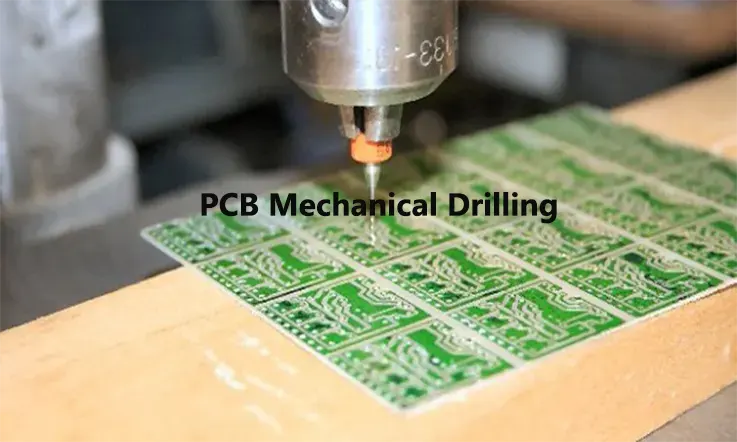
To establish connectivity between different layers in Printed Circuit Boards (PCBs), holes need to be drilled through or partially drilled in the laminate. These holes serve to connect the traces and pads of different layers. However, the process of drilling is costly and time-consuming in PCB manufacturing because even a slight error can lead to […]
Read more
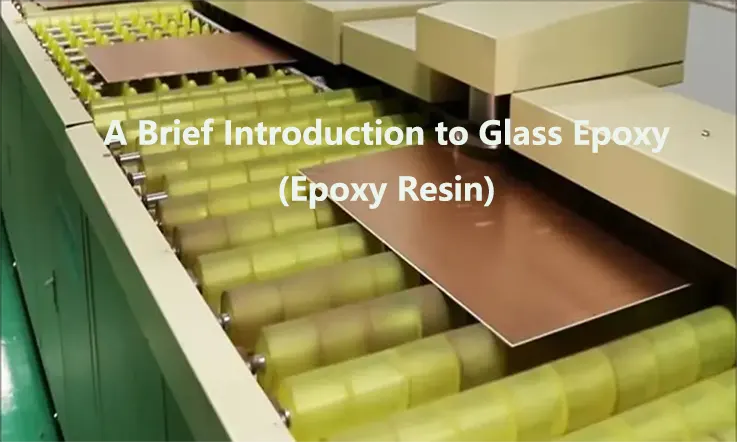
Glass-epoxy composites are an exceptional material solution that provides superior thermal and electrical insulation properties, making them an ideal choice for electronic manufacturing. This material offers exceptional resistance to high temperatures, dimensional stability, and mechanical strength, thereby ensuring that products remain durable and reliable. In addition to its desirable performance characteristics, the combustibility of glass-epoxy […]
Read more
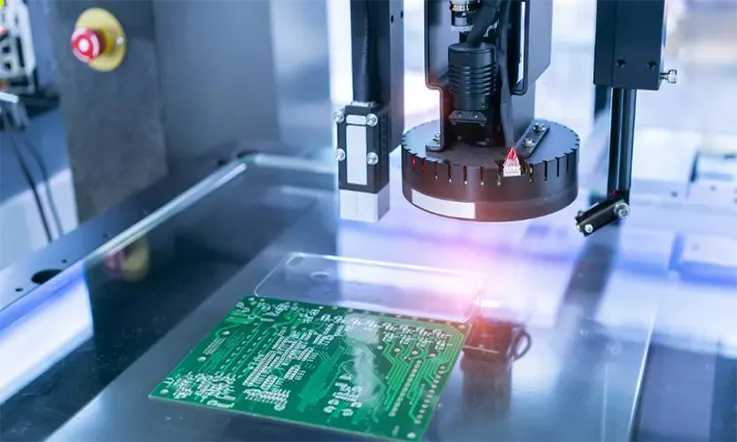
Electronics is a complex field that encompasses a multitude of phenomena. The use of acronyms and abbreviations, especially those consisting of three letters, can pose a challenge to professionals and students working in this field, potentially leading to confusion. In this article, we aim to provide a comprehensive understanding of printed wiring boards (PWBs). These […]
Read more
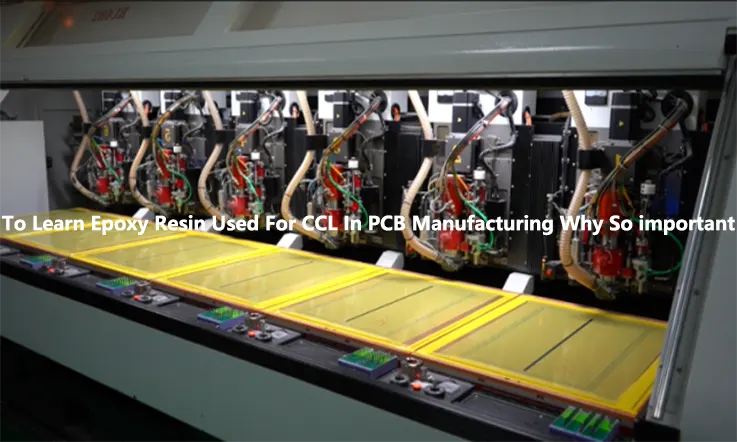
Epoxy resin is a primary constituent of Copper Clad Laminate (CCL), which serves as the substrate material for Printed Circuit Boards (PCBs). The molecular architecture and properties of epoxy resin play a vital role in defining the performance of CCL. Continuous advancements in epoxy resin development have facilitated incremental improvements in the performance of CCL. […]
Read more
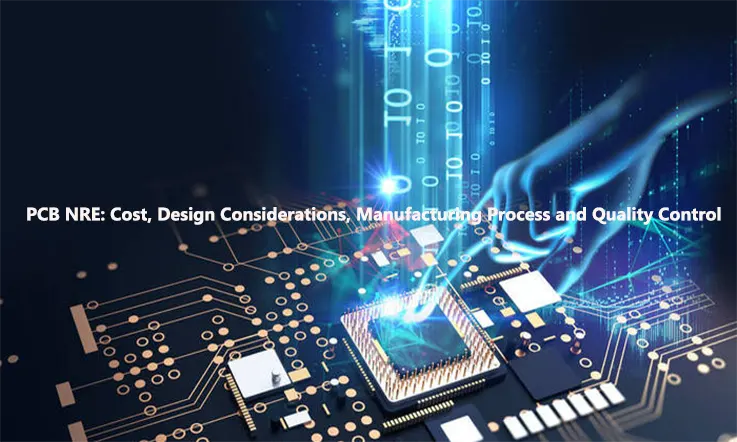
Printed circuit boards (PCBs) are critical components of modern electronic devices, providing a platform for connecting various electronic components and enabling their precise control. The development of a new PCB design requires careful planning, design, and manufacturing, all of which entail significant costs. PCB non-recurring engineering (NRE) refers to the one-time expenses associated with the […]
Read more
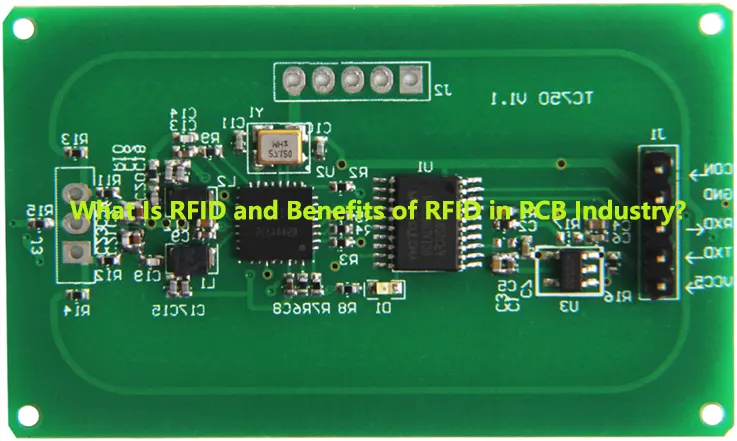
Radio-frequency identification (RFID) technology has emerged as a game-changer in various industries, including the printed circuit board (PCB) manufacturing industry. RFID technology utilizes radio waves to communicate information between RFID tags and readers, allowing for real-time tracking of a wide range of objects, including PCB components and finished products. The incorporation of RFID technology in […]
Read more
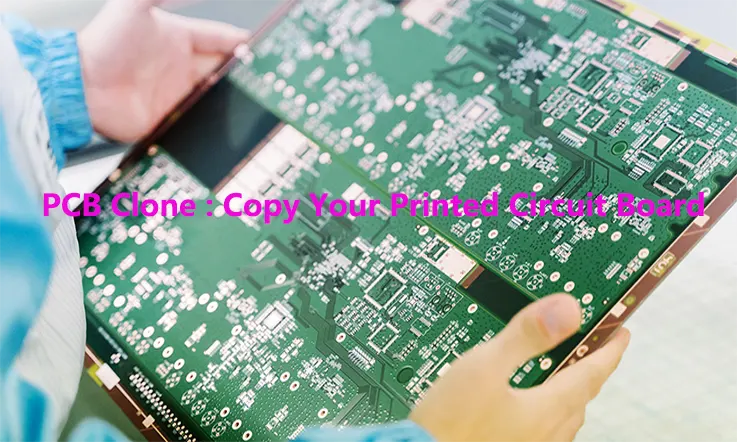
Printed circuit boards (PCBs) are an essential part of many electronic devices, from smartphones and laptops to medical equipment and automotive systems. PCBs can be complex and expensive to design, so some companies or individuals may opt to try to clone an existing PCB instead of designing a new one from scratch. PCB cloning involves […]
Read more
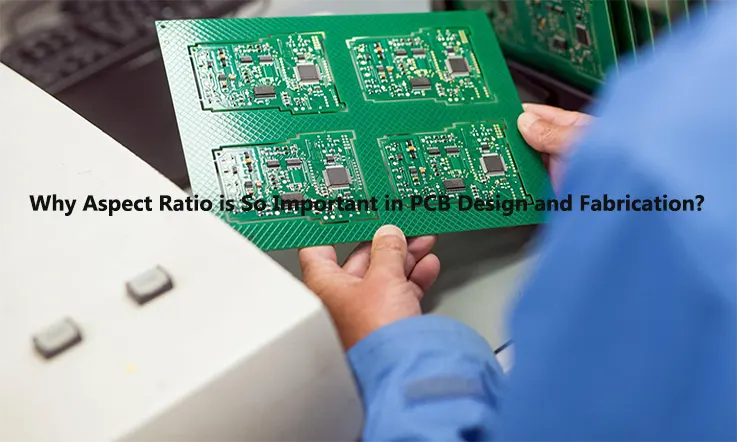
This is the ideal resource if you are seeking expert guidance on the aspect ratio of printed circuit boards (PCBs). The aspect ratio is a vital concern in the design of PCBs, as it affects both the functionality and manufacturability of the board. High aspect ratios may impede the drilling of holes or production of […]
Read more
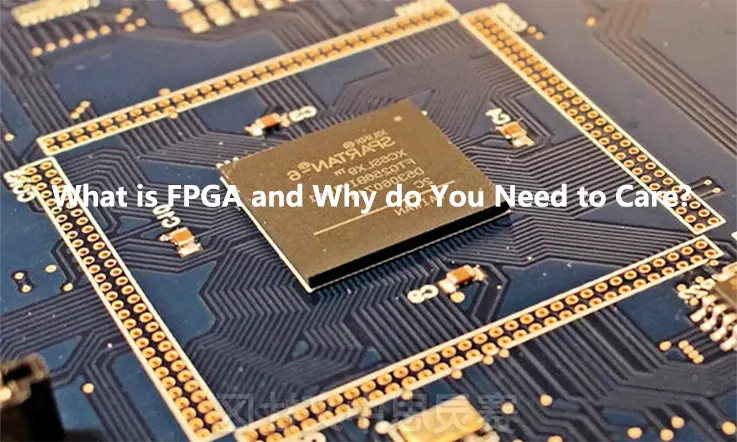
In recent years, the field of electronics has experienced significant advancements, particularly in the very large scale integration (VLSI) industry. Starting with the invention of the transistor and progressing to the development of the integrated circuit and application-specific integrated circuit, technology has advanced at an impressive pace. Furthermore, the advent of programmable logic devices (PLDs) […]
Read more
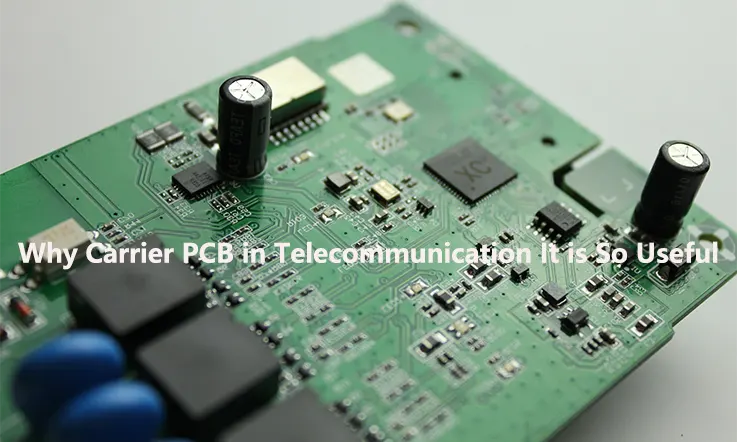
The demand for carrier printed circuit boards (PCBs) is increasing in tandem with the growing complexity and miniaturization of electronic equipment and systems, as well as the need for improved signal integrity, lower power consumption, and higher data rates. Carrier PCBs serve as a stable and reliable platform for configuring and interconnecting multiple electronic components, […]
Read more









